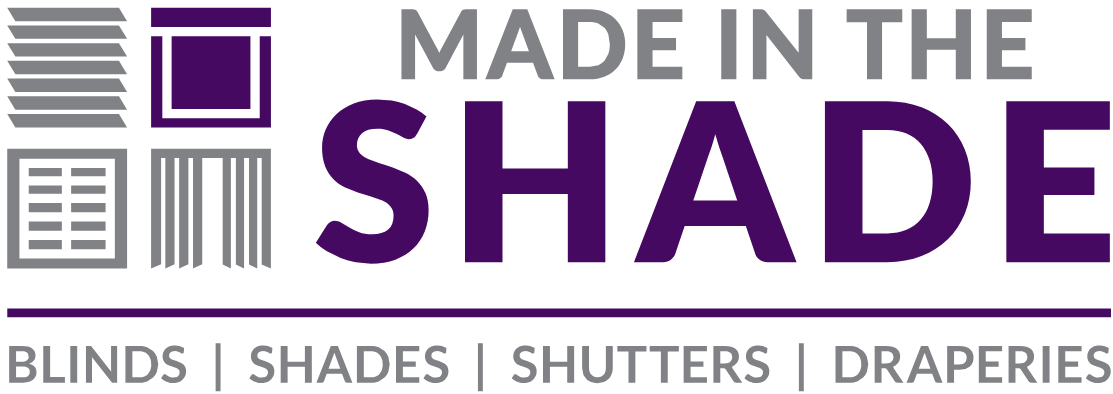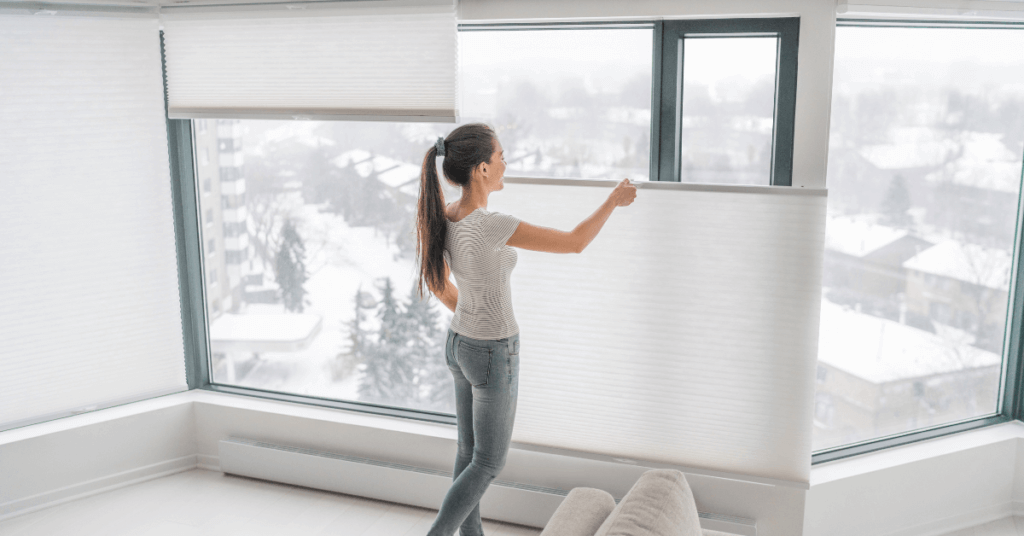If you want a cooler home, lower energy costs, and better sun control, choosing the right heat-blocking window shades matters. This guide breaks down the best shade types, performance ratings (R-value + shading coefficient), and what features help reduce heat gain—so you can make a fast, informed decision.
Best Shade Types for Heat Reduction (At-a-Glance)
Shade Type | How It Blocks Heat | Ideal For | Notes |
Honeycomb Shades (Cellular Shades) | Air pockets trap heat before it enters the room | Bedrooms, living rooms, whole-home efficiency | Highest R-value of all shade types |
Solar Shades | Filters UV + reduces solar heat gain without darkening the room | Kitchens, sunrooms, coastal homes | Comes in openness levels (1%–10%) |
Roman Shades | Thick, insulated fabrics reduce heat transfer | Formal spaces, design-forward rooms | Optional thermal linings improve performance |
Honeycomb Shades: The Top Performer
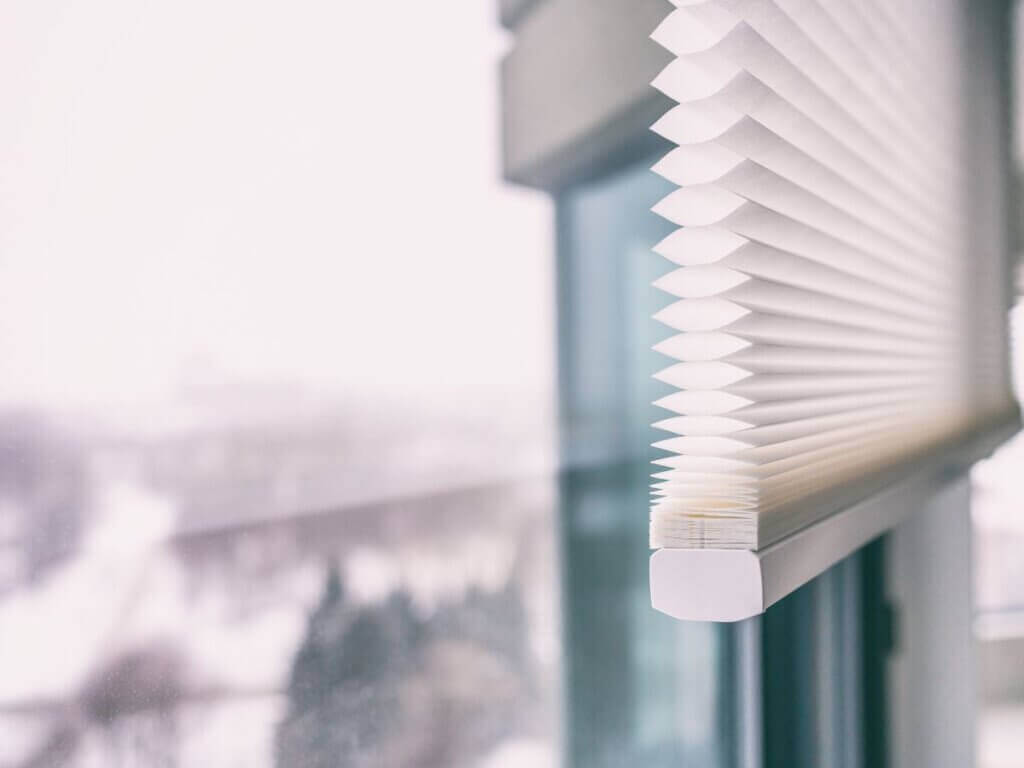
Honeycomb shades are often rated the most effective heat-blocking window shades due to their engineered cell structure.
Why they work:
- Double and triple-cell options trap warm air and reduce heat flow.
- A study by Oak Ridge National Laboratory (ORNL) found that in actual residential tests, cellular shades achieved daily heating energy savings of 17-36% compared with no shading.
- A follow-up study reported up to 24% heating energy savings versus generic venetian blinds.
Solar Shades: Heat Reduction Without Losing Light
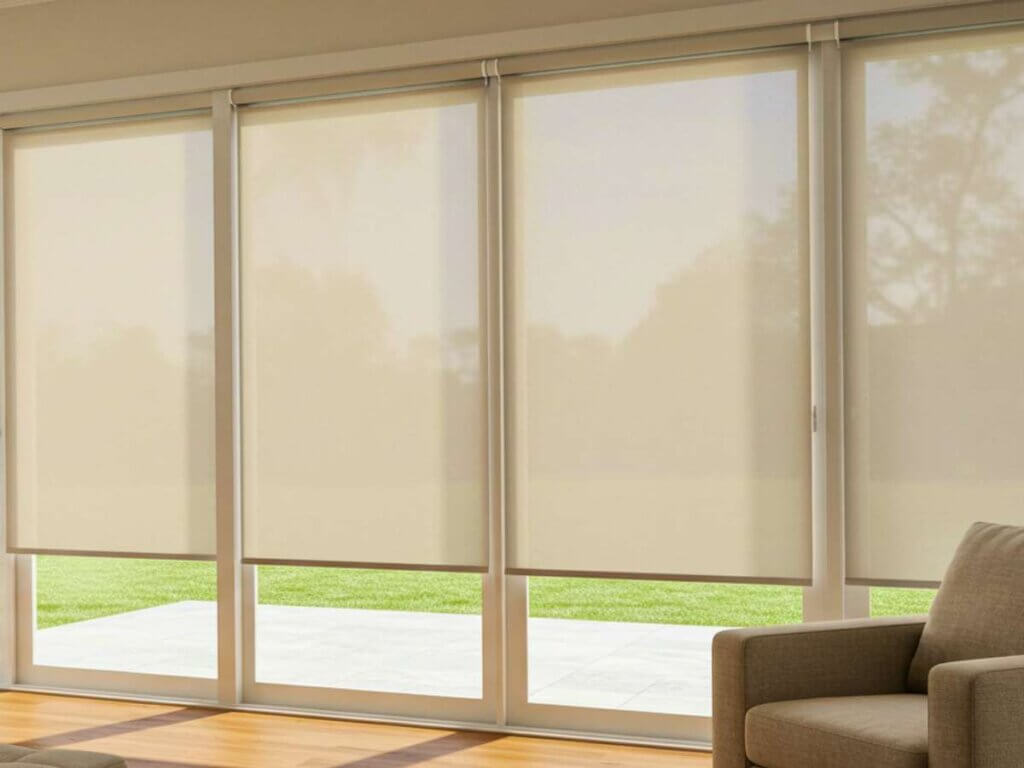
Solar shades are engineered to reduce sunlight intensity while maintaining outdoor visibility.
Key advantages:
- Blocks UV rays and reduces solar heat gain, enabling you to keep natural light without sacrificing comfort.
- Reduces glare and hot spots created by direct sun penetration.
- Ideal for south- or west-facing windows that get the strongest afternoon heat—especially important for regions like the Eastern Shore.
Roman Shades: Style + Insulation
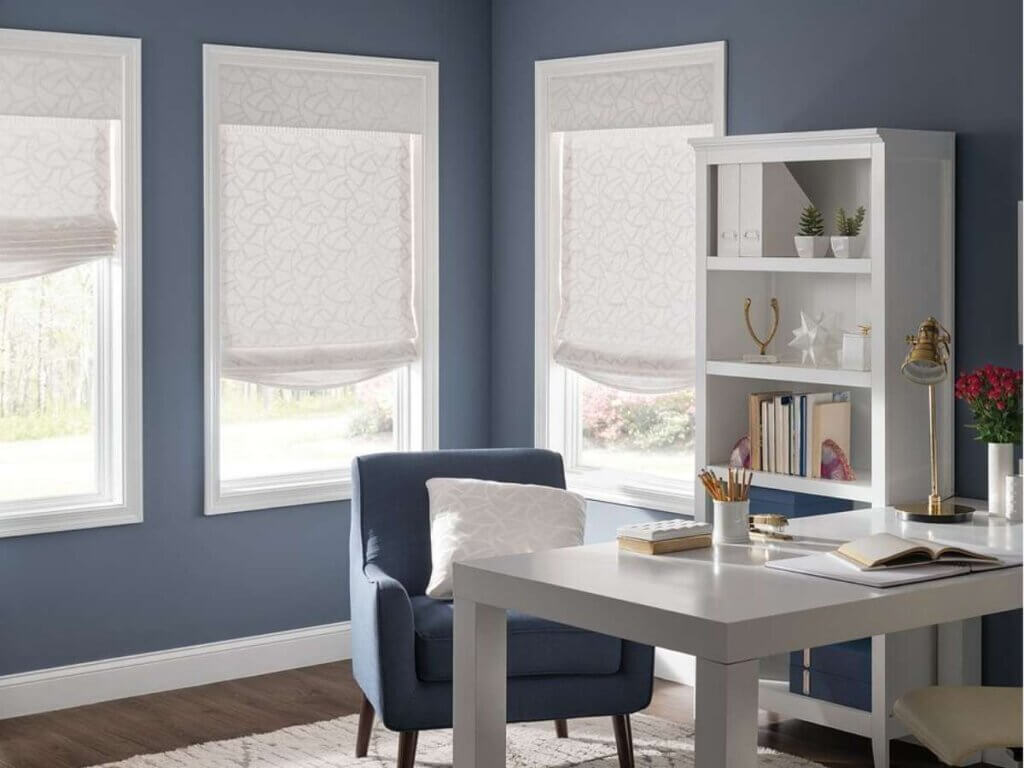
Roman shades combine design and function with thick, structured fabrics.
Why homeowners choose them:
- Fabric folds create natural insulation, improving thermal performance.
- When paired with thermal or blackout linings, they become effective heat-blocking window shades.
- Seasonal flexibility: dark/reflective side in summer to reduce heat gain; lighter side in winter to allow passive solar warming.
Understanding R-Value & Shading Coefficient (SC)
Choosing heat-blocking window shades is easier when you understand these two performance metrics:
R-Value (Insulation Rating)
- Measures resistance to heat transfer.
- Higher = better insulation.
- Honeycomb shades typically have the highest R-values among soft treatments.
Shading Coefficient (SC)
- Measures how much heat a shade allows through.
- Lower SC = better at blocking heat.
- Example: SC of 0.25 blocks 75% of heat (i.e., lets only 25% through).
Tip: Look for shades with double/triple cells, reflective fabrics, or thermal linings to achieve the best performance.
FAQs About Heat-Blocking Window Shades
Q1. Do heat-blocking window shades really reduce cooling costs?
Yes—by limiting solar heat gain, these shades reduce the strain on your air conditioning system. Many homeowners notice meaningful energy savings during peak summer months.
Q2. Are solar shades or honeycomb shades better for hot climates?
Honeycomb shades typically perform better because their insulating cells slow heat transfer. Solar shades are still a strong option if you want heat reduction without losing natural light or outdoor views.
Q3. What shade color blocks the most heat?
Lighter colors reflect more heat outward, while darker colors absorb it. For the best balance of comfort and design, choose fabrics with reflective or dual-sided surfaces.
Get Expert Help Choosing the Right Shade
The best heat-blocking window shades deliver measurable comfort, long-term energy efficiency, and a cooler home—especially during hot summer days in Delaware and the Eastern Shore region. Contact a local expert for in-home measurement, fabric selection, and professional installation. Schedule your consultation today and choose the ideal solution for comfort, style, and efficiency.
